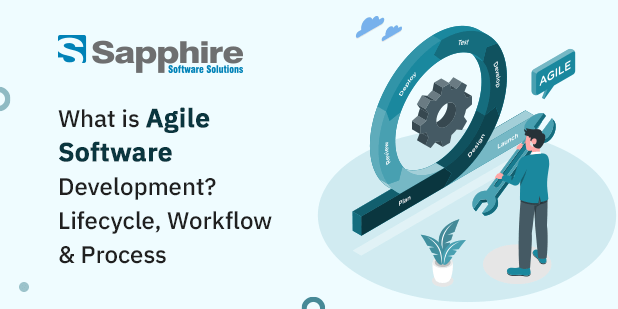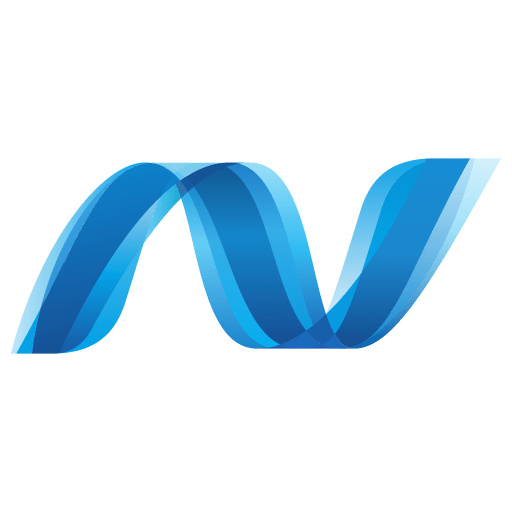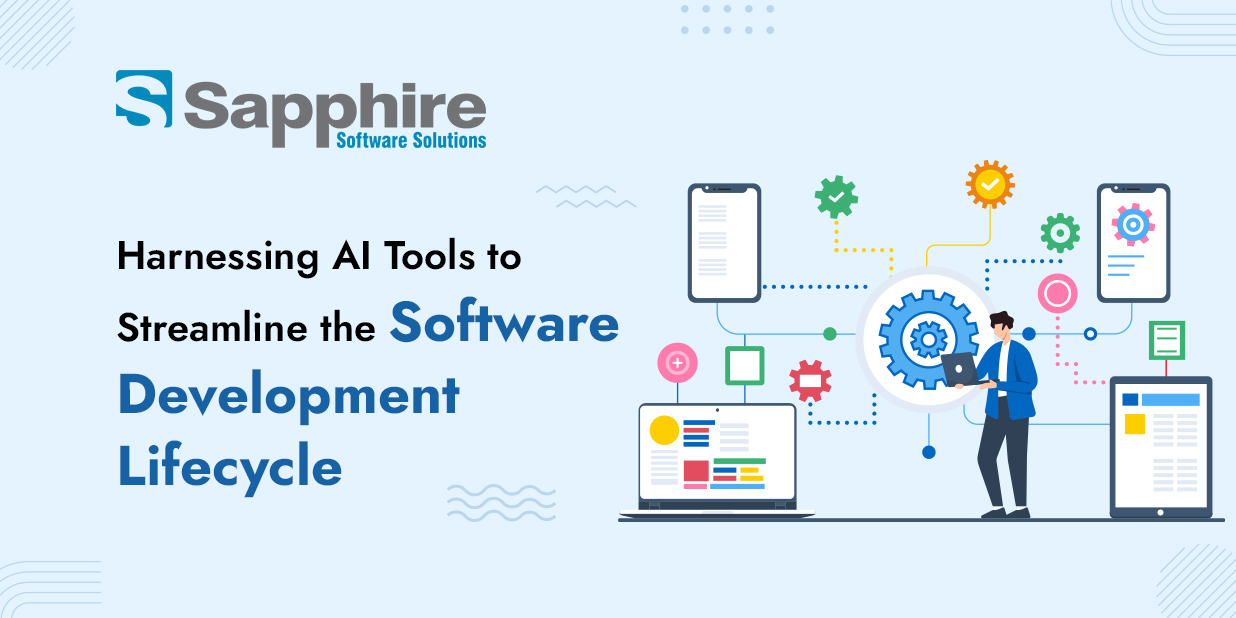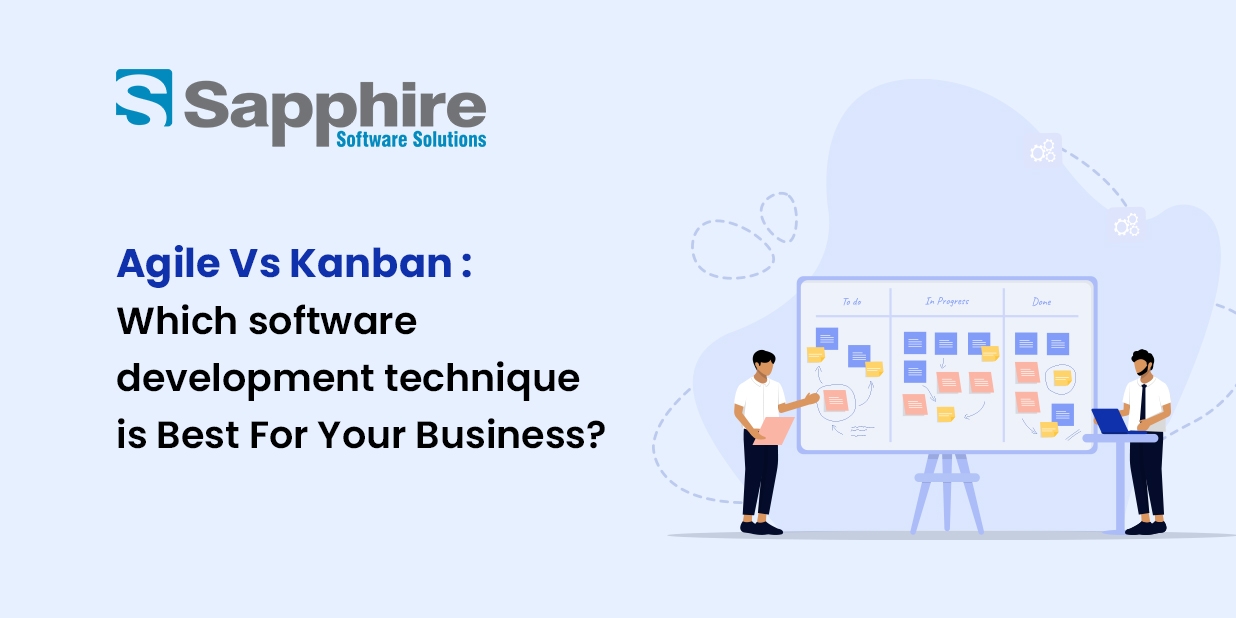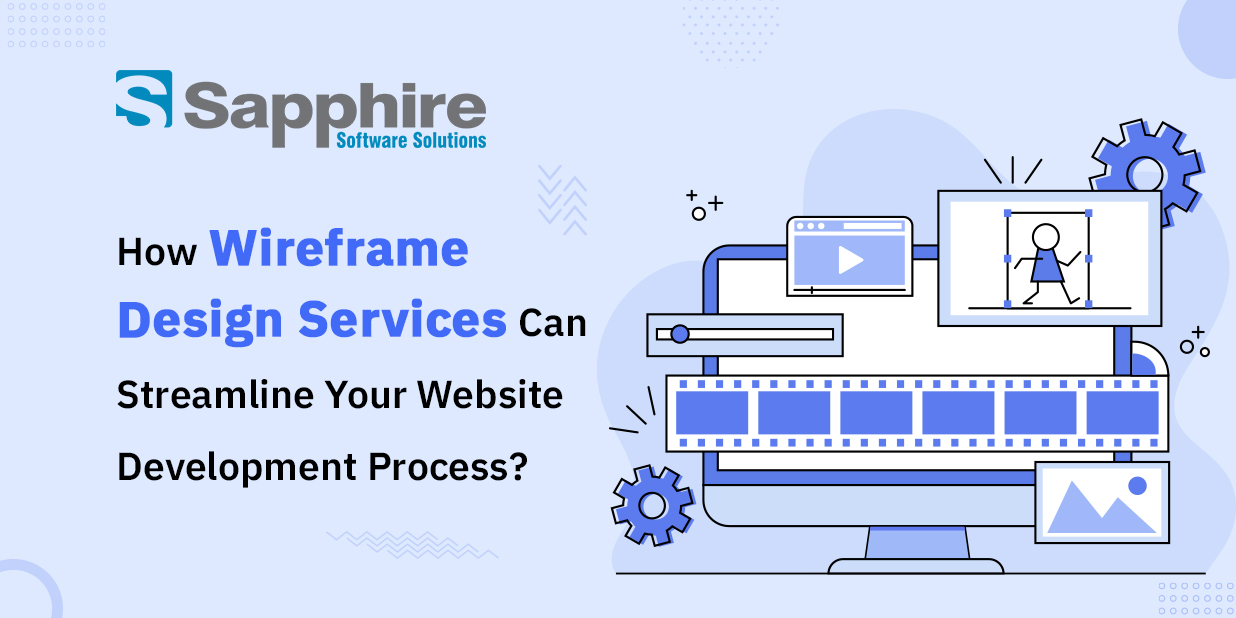The design and development processes of agile software development are done iteratively. In Agile, the traditionally long steps of requirements, development, and testing are broken down into more manageable chunks of work, enabling teams to produce software more regularly. Check out the best software development services in USA.
The Agile Lifecycle and Its Methodologies
Methodologies that fall under the category of agile software development (also known as system development) include things like Scrum, Kanban, Scrumban, Disciplined Agile 2.0, adaptive software development, Agile modeling, feature-driven development (FDD), extreme programming (XP), and Learn software development.
Every Agile technique has the same overarching objective: to respond effectively to change and produce functioning software in the shortest amount of time. The stages of software development are approached somewhat differently depending on which methodology is used. In addition, even while each team is working toward the same objective, the process flow they follow may differ for each project or circumstance. An illustration of this would be the stages of conception, inception, construction, release, production, and retirement that are included in the Agile software
development lifecycle.
Software Development Life Cycle Agile Model Process Flow
The following steps make up the flow of the Agile process: idea, initiation, iteration or construction, release, production, and retirement
Concept:
Imagine and arrange the projects in priority order.
Inception:
Find out who will be on the team, decide how much money will be needed, and discuss the first conditions and criteria.
Iteration or Construction:
The development team is working hard to provide functional software based on the iteration requirements and feedback.
Release:
Testing for quality assurance (QA), including internal and external training, the development of documentation, and finally, putting the iteration into production.
Production:
Ongoing assistance with the software.
Retirement:
Activities associated with the end of life include customer notice and migration.
There may be several projects that are going at the same time, various sprints or iterations that are running on separate product lines, and a number of internal and external clients with a variety of business demands.
Agile Software Development Workflow
The iterative process predominates throughout the whole of the agile software development lifecycle. Customers will be allowed to use the software and supporting materials (such as documentation) made accessible throughout each iteration of the development process. This will continue until the final product is finished. The duration of each iteration is typically between two and four weeks, and there is a predetermined deadline for its completion. The iteration process is quite thorough, and the scope of each iteration is only allowed to be as extensive as the amount of available time. Hire software developers in USA from us!
Throughout an Agile software development lifecycle, there will be several iterations, each of which will adhere to its workflow. Customers and other business stakeholders submit input during an iteration to verify that the features satisfy the requirements outlined by those customers.
The following is an example of a typical flow diagram for an iteration process:
Requirements:
Determine the needs for the iteration using the product backlog, the sprint backlog, and the comments and suggestions from customers and other stakeholders.
Development:
Create and create software depending on the requirements that have been stated.
Testing:
Testing for quality assurance (QA), training both internally and externally, and the development of documentation. These parts of the iteration process, ensure that each release meets the standards expected by users and stakeholders. Alongside these practices, the automation testing platforms listed by Functionize give a systematic approach to further validation of the software quality through automated means. These tools can simulate a multitude of user interactions and scenarios, identifying potential issues before they impact the user experience.
Delivery:
Integration into production, together with the delivery of the functioning iteration
Feedback:
Feedback from customers and other stakeholders should be analyzed and included in the subsequent iteration’s specifications.
The remaining steps of the process are repeated until the product backlog has been eliminated, even though other features may be added to the product backlog at any time throughout the project. As a direct consequence, the flow of the Agile software development process is more similar to a loop than a linear process.
Agile Scrum Workflow
In Scrum, the direction of the flow of work is determined through a sequence of meetings, which are as follows:
Based on the product backlog, the types of work that will be included in each future sprint are selected via “Sprint Planning.”
A daily Scrum is a condensed meeting during which each member responds to the questions listed below:
- What work did you do yesterday?
- What kind of work do you plan to accomplish today?
- What obstacles do you need to overcome?
The Scrum master uses the information that is acquired. He is in charge of managing the meetings, updating the burndown chart, and seek for solutions to eliminate the impediments that have been identified.
A meeting called a “sprint review” takes place after each iteration’s “Sprint” to assess the work that was finished, examine the product backlog, and decide on the tasks that are still outstanding. The products are the primary topic of reviews.
The last meeting is the sprint retrospective meeting, which takes place after each sprint and discusses what went well and what aspects of the process may need improvement. The process is the primary focus of retrospectives.
Making the Agile Process Work for You
As is the case with any approach, this one has both benefits and downsides (Read about the advantages and disadvantages of Agile). When customers and other project stakeholders are available to provide input, when functional portions of the software are needed quickly, when flexibility is desired to accommodate changing requirements, and when the team is co-located and able to collaborate effectively, the agile method is the approach that is most suitable to use. Other favorable conditions include:
Implementing agile practices inside your company might seem daunting, just like any other change. The following is a list of four actions that will assist in facilitating the implementation of agile workflow:
Daily Meetings:
Hold stand-up meetings regularly or every day to keep the lines of communication open, ensure that personnel is held responsible, and ensure that each iteration moves ahead.
Live Demonstrations:
Show the progress you’ve made by putting on live demos of the finished result of each iteration.
Share Feedback:
Before beginning the subsequent iteration, collect input from the various stakeholders and consumers and distribute it to the whole team.
Remain Agile:
Modify your process depending on your input to guarantee that each iteration is an improvement over the one before it.
Bottom Line
As an Agile Software Development company, we can help you enhance communication and boost work velocity, allowing you to get more done. Get in touch with us to know more about our Agile Software Development services.



















